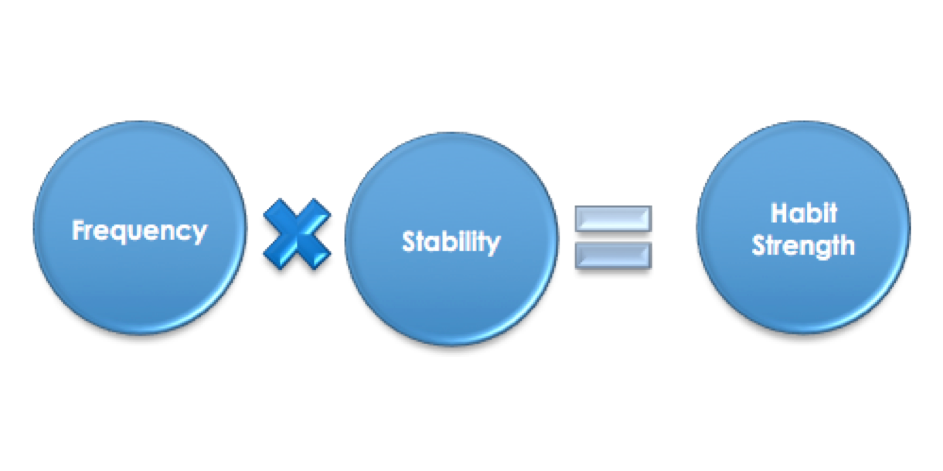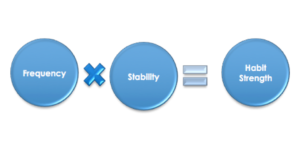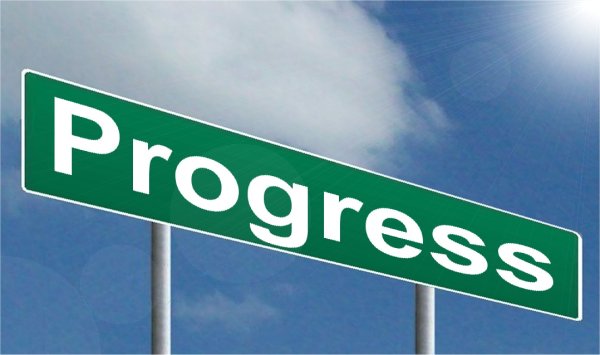Since my recent series on building customer habits through customer relationship management, I have received a few inquiries about how we can figure out customers’ habit strength based on their transactional data. I will offer a brief explanation in this article. The approach I am discussing here assumes that you have individual customers’ purchase or product usage data available. If that’s not the case, you can refer to the last section for alternative measures of habit strength using customer surveys.
Two Key Components of Habit
To properly measure habit, we need to first understand what it is. In psychology and marketing, a habit is most commonly thought of as an action that is frequently repeated under the same situations. If we break this down, there are basically two ingredients to habit:
- Frequency: how frequently does someone take that action (e.g., watches TV, uses the mobile app, etc.)?
- Stability: when the person engages in the action, is it often under the same circumstances (e.g., on the way home, on Sunday morning, etc.)?
So to measure how strong a customer’s habit is, you need to find out about these two ingredients. The higher the frequency and the higher the stability, the stronger the habit is.
How to Measure Frequency
Measuring frequency is pretty straightforward. If you are dealing with purchase data, frequency means how many times on average someone buys your product in a given time window (e.g., per week, per month, per year, etc.). If you have usage data such as customer use of your mobile app, frequency means how many times someone uses the product in a given time length. Let’s say if someone buys your product 36 times a year, the average frequency per month would be 36/12 = 3 times. Continue reading “How to Measure Habit Strength Using Customer Data”



